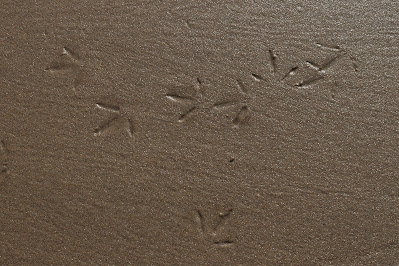Just an hour or so west is Kenfig Pool and Dunes National Nature Reserve (NNR), but it's not a site I've frequented. My last visit was some years ago when I attended an excellent stonewort course. On this occasion it was my son who provided the motivation as he was keen to try out his new camera lens on a coastal landscape. My recent retirement gave me the opportunity to choose a day of the week that looked favourable in terms of weather. And so it proved the sky was largely blue with just a few clouds and the wind was light, the ideal conditions for a trek through the dunes towards Sker Beach.
We arrived mid-morning to be greeted by a group of student like individuals preparing for a days practical volunteering on the reserve. They quickly dispersed following a man driving a quad type vehicle so we made our way to the waterside hoping the catch a glimpse of the long staying celebrity American wigeon. A conversation with a fellow birder provided some useful information on the birds location on the lake; seemed it had struck up a friendship with a coot. Unfortunately the hide was occupied with the aforementioned students so we agreed to return later.
From the pool (lake) we made our way through the dune system towards the coastal destination Sker Beach. This was easier said than done as the previous weeks rainfall had accumulated around the base of the dunes making it difficult to follow the time worn footpaths. A number of diversions were necessary before we arrived within sight and sound of the coastal line. A group of about 25 fieldfare moved overhead and two skylark sang as we emerged on to the pebble strewn upper shoreline. We paused to take in the view of Port Talbot steelworks that framed the western seascape and its incoming tide. Elsewhere the expansive sandy beach was sparsely populated only a few Lowry type figures could be seen walking dogs in the distance. We walked to the waters-edge before moving on to the rocky spit that is Sker point. A cormorant passed overhead. Here there were more people with dogs and children enjoying the feel of an early spring, late winter day. Two horse riders galloped down the beach into the the haze and beyond. Once again pausing to take in the coastal vista I found a mermaids purse amongst the peddles and other strandline ephemera.

















































